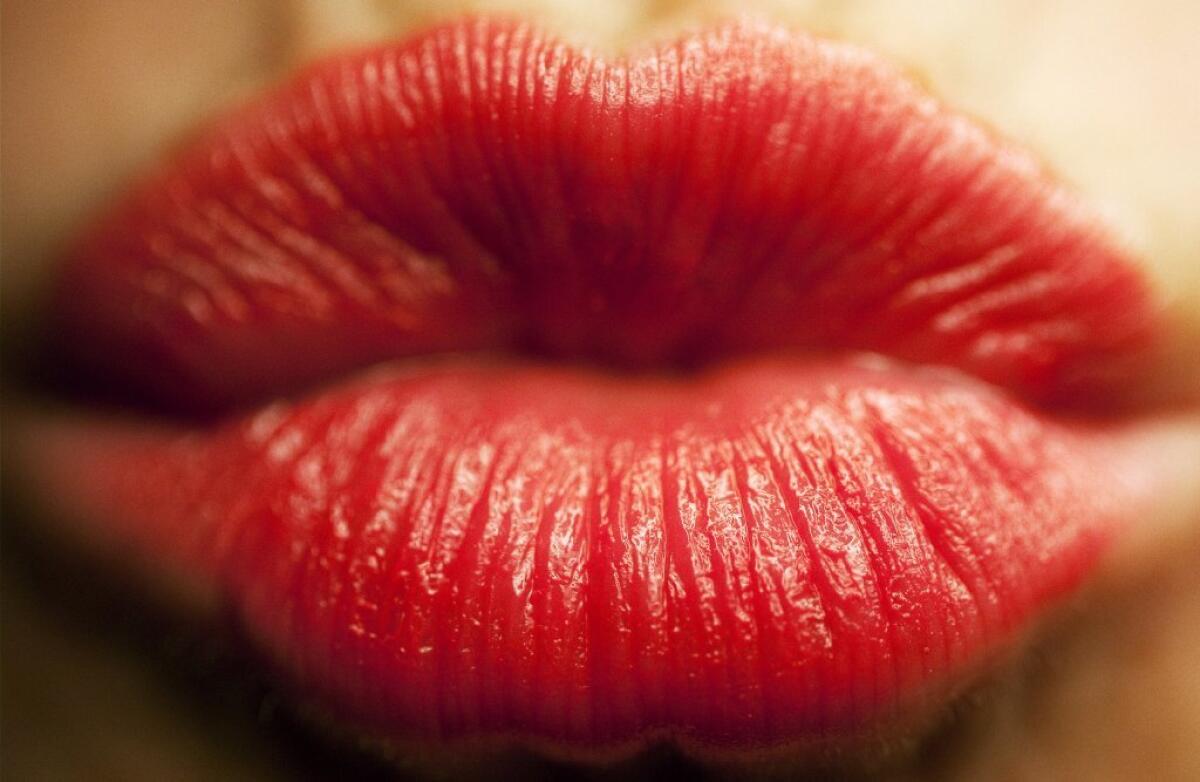Lipstick’s allure may come with heavy metal price

- Share via
The quest for lusher, ruby-red lips may be exposing women to dangerous metals, including cadmium, a highly toxic element linked with renal failure, a UC Berkeley study suggests.
Researchers found trace amounts of nine metals, some benign, some potentially dangerous, in 32 lipsticks and glosses used by Asian women in Oakland. None exceeded current public health exposure standards.
But users of such cosmetics could be getting as much as a fifth of their acceptable daily dose of some of the metals, including cadmium, from applying the products to their lips more than twice a day, according to the study, published Thursday in the review Environmental Health Perspectives.
“If this were the only exposure it wouldn’t be a problem, but when you add it to other exposures it is a problem,” said study coauthor S. Katharine Hammond, an environmental scientist at UC Berkeley.
The cosmetic industry, beset by a recent European ban on cometics made with ingredients derived from animal testing, and by previous studies revealing lead in lipstick, took issue with the report.
“I don’t see anything that is a safety concern or anything that is new or unexpected,” said Linda Loretz, chief toxicologist for the Personal Care Products Council, the leading cosmetics industry trade group.
Several of the metals, Loretz noted, are essential elements of human nutrition, including chromium. The average daily intake of that element is 100 times the amount detected in the cosmetics, she said. Two of the metals found, including titanium and aluminum, are common to ingredients approved by the Food and Drug Administration.
Chromium, which occurs in such foods as brewer’s yeast, meat, fruit and vegetables, helps to metabolize fats and carbohydrates. In the form associated with metal plating, however, hexavalent chromium is a carcinogen.
The study did not distinguish between chromium’s different valence states. It based its acceptable daily dose on California standards for the more lethal hexavalent chromium in drinking water – the exposure path that sickened residents of Hinckley, Calif., as depicted in the movie “Erin Brokovich.”
“They assume all the chromium is hexavalent chromium, and I think it’s fair to say that it’s not all hexavalent chromium,” Loretz said.
In addition, Loretz noted, the study assumed that all the lipstick is ingested. A national study by Loretz showed that 360 women who used lipstick applied it more than twice a day – with the highest reported rate of 20 times a day.
“Why is it wearing off? Where does it go? It’s not evaporating,” Hammond said.
Hammond said her analysis was “not the final definitive study” and used conservative benchmarks. Previous studies that revealed the presence of metals did not compare them to public health standards, she said.
“We don’t just say it’s there,” she said, “but we said how do the concentrations compare to health guidelines?”
Lead levels found in 24 of the products were well below hazardous levels, although no level of lead is considered safe for children, the authors noted.
The FDA tested 400 lipsticks in 2011 and concluded that lead did not pose a hazard, the Personal Care Products Council noted.
“Lipstick, as a product intended for topical use with limited absorption, is ingested only in very small quantities. We do not consider the lead levels we found in the lipsticks to be a safety concern. The lead levels we found are within the limits recommended by other public health authorities for lead in cosmetics, including lipstick,” the FDA concluded.
The study grew out of an environmental awareness collaboration between UC Berkeley and Asian Communities for Reproductive Justice, Hammond said.
Researchers polled 12 teens, ages 14 to 19, about the products they used, then purchased them separately and analyzed them. The teens’ usage rates, Hammond said, did not vary from those found in previous studies, and the products they used were commonly found in department stores or specialty chains.
The brand names of the cosmetics were not revealed.







